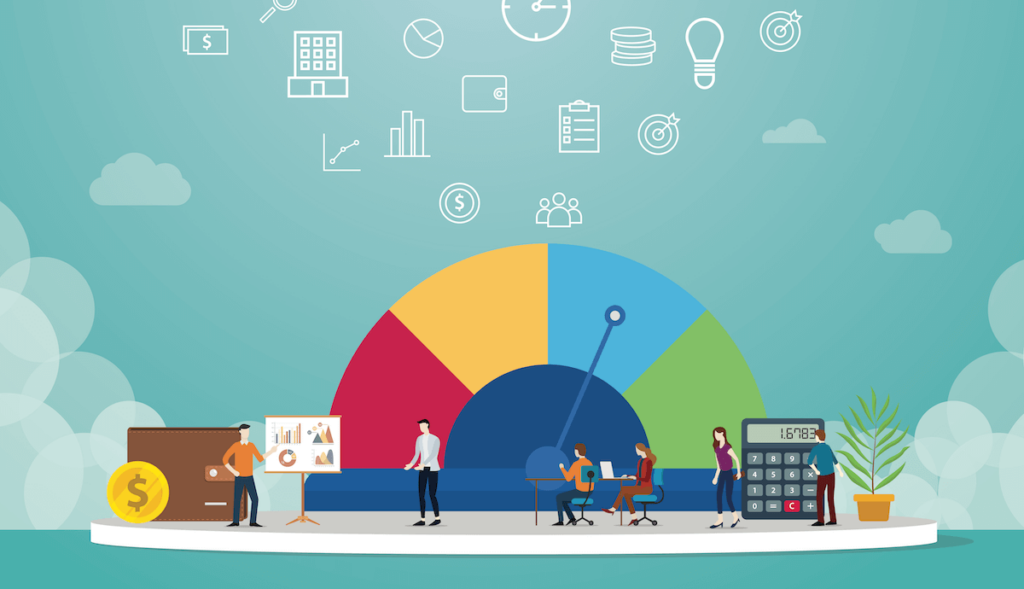
Topics
The essence of the financial industry is symbiotic relationships, where all participants have a winning angle, depositors get interest on their funds, project owners get funding, and the middleman gets a cut. If financial institutions fail to offer an incentive for one of the parties, the whole system would stop working, this is why financial inclusion must serve the bottom line, because that insures the presence of an inclusive ecosystem of professionals who can work to build out services for the underserved.
Questions such as “What’s in it for the unbanked?” and “How do I make everyone benefit?” have been challenging the world of finance and financial inclusion. When it comes to the low-income segment, banks are the ones who could not find the right angle. A staggering 1.7 billion adults are estimated to be unbanked worldwide. With modest funds and no credit history, they are expensive to serve in the conventional banking channels and are often thought to have low potential to create value.
When we approached the issue, we considered three main areas of potential service offerings: payments, deposits and lending. Despite the potential for payments to integrate more people in the financial system – and still be profitable for the institutions and convenient for the customers – there was high competition in that area and financial institutions have little chance to differentiate between the services they offer compared to each other. Deposits couldn’t present a stable revenue stream, so offering credit became the best possible solution. Credit scoring is crucial for this.
Credit Scoring: A Birds-Eye View
Credit scoring plays a vital role in economic growth by helping expand access to credit markets, lowering the price of credit and reducing delinquencies and defaults. In the US and Europe, credit scoring helps drive the economy and makes credit affordable.
For consumers, credit scoring is the key to home ownership and consumer credit. It increases competition among lenders which drives down prices. Decisions can be made faster and cheaper, more consumers can be approved, and risk is spread more fairly so vital resources — such as insurance and mortgages — are priced more fairly.
For businesses, especially small and medium-sized enterprises, credit-scoring increases access to financial resources, reduces costs and helps manage risk.
For the national economy, credit scoring helps smooth consumption during cyclical periods of unemployment and reduces the swings of the business cycle. By enabling loans and credit products to be bundled according to risk and sold as securitized derivatives, credit scoring connects consumers to secondary capital markets and increases the amount of capital that is available to be extended or invested in economic growth.
From Thin to Thick Credit Files: Where Data Can Help With Viability
As beneficial as credit scoring is to the economy writ large, banks had to find a different way to assess the credit worthiness of the underserved.
That is where data can play a major role. Alternative credit scoring and predictive models are a solution that would make credit lines for unbanked faster, cheaper, and credit worthy. While the traditional and most common way to evaluate the creditworthiness of individuals is their credit history, this is simply not available for unbanked people. They rely on cash and don’t have any traceable financial history; they have thin credit files in a banking industry that prefers thick ones. Therefore, we turn to different behavioral attributes that would allow us to create credit scoring. This system relies on factors that are available for everyone and are easily traceable. The data comes from social media, smart phone data such as contact lists, or GPS data, and monthly utility bills. In time, this approach will turn these clients from thin to thick files and they become regular bank clients.
Alternative credit scoring and predictive models make credit lines for unbanked faster, cheaper, and credit worthy.
Through machine learning, credit organizations can create predictive models based on these attributes. They can establish a credit score that has proven to be very reliable and has the potential to forecast the amounts a person could borrow and the possibility of repayment. This methodology provides people with a much-coveted service in a timely manner and allows the organizations to be profitable without having to deal with a lot of extra risk.
For example, working with a ride hailing service providers, CIB conducted a pilot to create an alternative credit scoring for drivers based on their behaviors, their ratings, and the comments customers leave. The new methodology enabled us to integrate a segment – one that did not have access to financial services – and, in turn, they had lower default rates than any other sub-segment in the current portfolio.
Creating this beneficial relationship between institutions and unbanked segments gives profit incentives for both parties. However, several hurdles remain to complete the cycle, including onboarding a large number of people despite regulatory constraints. The majority of financial institutions have reached the conclusion that the best way to serve unbanked segments is through digital channels that would funnel into traditional channels, but we have to keep in mind that onboarding these clients would still require a lot of work in terms of marketing, reach, and maintaining a complaint process. These are issues that banking and governments are still working on.









